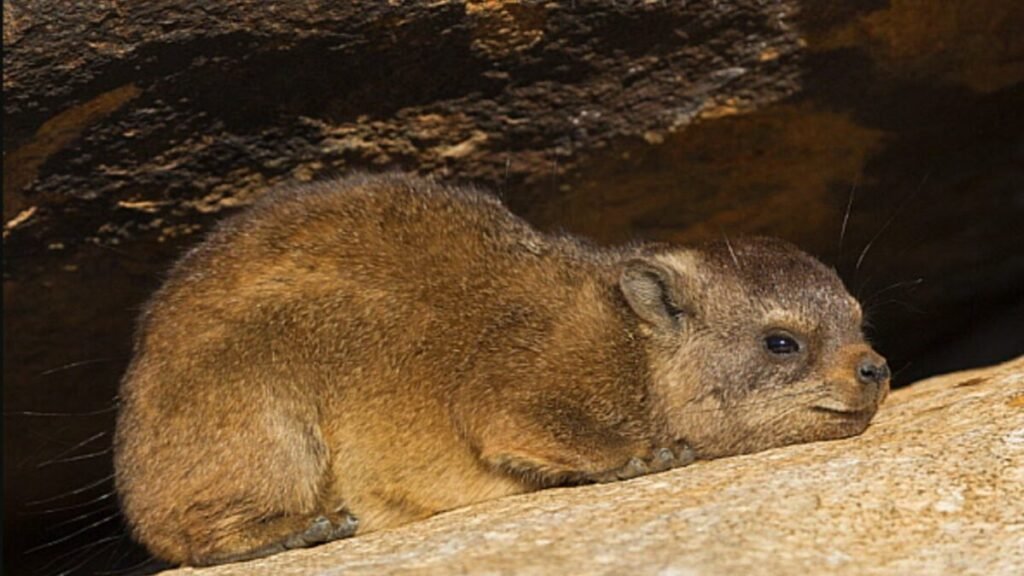Opinion: Fascinating 126,000-Year Trail in South Africa Shows Small Mammal’s Record of Prehistoric Climate

In some cases, the simplest traces are the ones that most effectively preserve history. Along the southern coast of South Africa, a team of scientists came across something unexpected: a fossilized imprint of a small mammal that, over 126,000 years ago, glided across the sand, leaving behind a peculiar and revealing mark. What seems like a mere “butt print” has now become a crucial piece in understanding the climate, soil, and behaviors of the animals that lived in the Cape during prehistoric times.
An extraordinary discovery on the Cape coast
This remarkable find was documented east of Still Bay, in the coastal area of the Cape, by a group of scientists. They identified an impression measuring 95 centimeters long and 13 wide, featuring five parallel striations and a small central bump.
According to the researchers, this fossil represents the first known evidence of a “butt drag,” likely left behind by a rock hyrax (Procavia capensis), a herbivorous mammal similar in size to a rabbit but more closely related to elephants than rodents.
The study, highlighted in Popular Science, describes this imprint as an exceptional record of animal behavior, offering insights into the environment and soil conditions during the Middle Pleistocene era, approximately 126,000 years ago.

Dating methods and revealing insights
The age of the trace was determined using optically stimulated luminescence, a technique that pinpoints when sand grains were last exposed to sunlight. This provided valuable information about the time period when sea levels and vegetation differed from the present day.
Within the imprint, researchers also discovered a protrusion that could be a coprolite (fossilized feces), measuring two centimeters in height and ten in width. The pattern of striations and the sediment texture indicate that the animal slid gently along the surface, erasing its tracks while leaving a distinct mark.
Various hypotheses were considered, ruling out the idea of a leopard trail. The most plausible explanation, as per the authors, is that a rock hyrax deliberately slid across the sand, leaving behind a trail that has endured through time.
Hyraceum: a natural archive of ancient times
Besides the fascinating find itself, rock hyraxes play a vital role in preserving the fossil record. These creatures accumulate waste in cracks and rocky shelters over generations, creating layers of hyraceum—a dark substance composed of urine and feces that can be preserved for thousands of years.
Hyraceum serves as a genuine ecological time capsule, containing pollen remnants, vegetation samples, and chemical compounds that enable the reconstruction of past climates and flora. These deposits, as emphasized by Popular Science, are non-renewable resources.
In the Cape region, researchers also uncovered rock surfaces polished by hyraxes, hollows from their “dust baths,” and ancient hyraceum accumulations. Together, these traces form a network that sheds light on how these small mammals interacted with their environment and inadvertently left behind a geological legacy.

Despite its seemingly mundane nature, the trail of “butt scooting” serves as a poignant reminder of how everyday actions can be immortalized in stone for generations. These marks, alongside hyraceum deposits, allow scientists to reconstruct ancient ecosystems, monitor shifts in climate, and comprehend how animals adapted to changing environments in the past.
Each footprint, regardless of its modesty, contributes to the Earth’s narrative: the tale of a small mammal that imprinted its presence in the sand and, inadvertently, left behind a lasting testament to prehistoric life.





